The rise of the 90Hz keyword in the smartphone industry in 2019 is somewhat unexpected.
There are no headphone jacks, dual speakers, four cameras, and 5G, etc., but there are still traces, but before the launch of the OnePlus 7 Pro, the high refresh rate screen was still a niche feature only belonging to gaming phones. After that, high-refresh screens began to move from niche gaming phones to mass-market phones.
For OnePlus, the introduction of 90Hz screen is a high investment and high risk. They need to invest huge amounts of money to show custom screens to Samsung. They need R & D personnel to do software and hardware adaptation from scratch. They also need to spend a lot of effort to popularize what popular screens are, and they have also paid off: According to Jingdong platform data, 2019 Of the total online sales of mobile phones equipped with 90Hz screens throughout the year, for every 4 90Hz mobile phones sold, three were a plus.
The high-quality screen has become a business card for OnePlus. Just as people using 4G networks will no longer want to return to the 3G era, the evolution of screen quality will not stop.
The 90Hz screen is red, the 120Hz screen is here
At the beginning of the new year, OnePlus released a brand new 120Hz OLED screen in the screen technology communication conference. In addition to inheriting the 2K + high resolution of OnePlus 7 Pro, this mobile phone screen has a 240Hz screen sampling rate. The screen quality is absolutely ahead of the industry. In terms of color, OnePlus also claims that this 120Hz screen will not disappoint consumers.

Reviewing the whole communication process of OnePlus, OnePlus is talking about one thing:
OnePlus = smooth and best-performing screen experience.
Can OnePlus really represent a smooth and extreme screen experience? What is the difference between OnePlus and other high frame rate screen phones? Before diving into the OnePlus 120Hz screen, we need to understand what the 120Hz refresh rate represents.
Refresh rate is the number of times an image on the screen is updated per second. A traditional 60Hz screen can display 60 different frames per second. If it is 120Hz, it will display 120 frames per second. Some people may ask, when I use a 60Hz screen, I don’t feel a lag. Is the refresh rate of the human eye only 60Hz?

We need to know that the human eye does not have the highest recognized frame rate limit. Compared to 60Hz, the 120Hz screen will feel smoother. Just like the gif illustration above, you can clearly see the difference between different frame rates in front of the screen.
Before the era of high frame rate for mobile phones, most manufacturers’ methods to improve the fluency of mobile phones are based on the transition animations that are most easily perceived by the public. At the beginning, OnePlus also thought about this.

But in the process of continuously polishing the fluency of the system, OnePlus found that the fluency of the system is not only related to SoC performance and screen rendering. Under the condition that the performance is sufficient for full-frame rendering of the screen, the screen, as the human-machine interface that the user has the most daily contact with, improves the dynamic screen performance of the screen, which is the breakthrough of the “extremely smooth” concept. OnePlus believes that the previously neglected “screen refresh rate” is the key to making mobile phones smoother.
But there was no mature high-refresh rate mobile screen solution on the market at that time. It was not long before PC monitors launched the concept of “gaming monitors”.
90Hz LCD mobile phone screens from a few manufacturers also face unsolvable smear problems, but they have no parameters and no experience. Fortunately, the pixel self-emitting OLED does not have the problem of LCD smear.
Driven by Samsung and LG, 2K-resolution OLEDs already appeared on the market at the time, and excellent color performance made OLED screens the first choice for flagship phones.
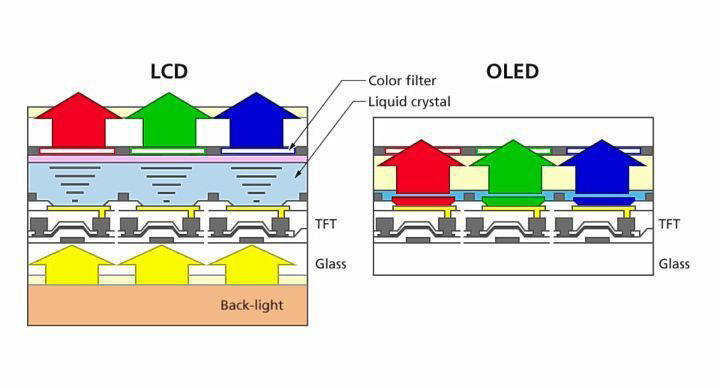
For OnePlus, who wants to build the perfect flagship and write Fast & Smooth into its product motto, a high-quality, high-refresh rate screen is more like a step in the pursuit of the truth of Fast & Smooth: they set the difficulty at 2K + at the beginning. 90Hz refresh rate. “Either don’t do it, or it’s in one step.” OnePlus spent a budget of nearly 100 million yuan on the custom R & D of this screen.
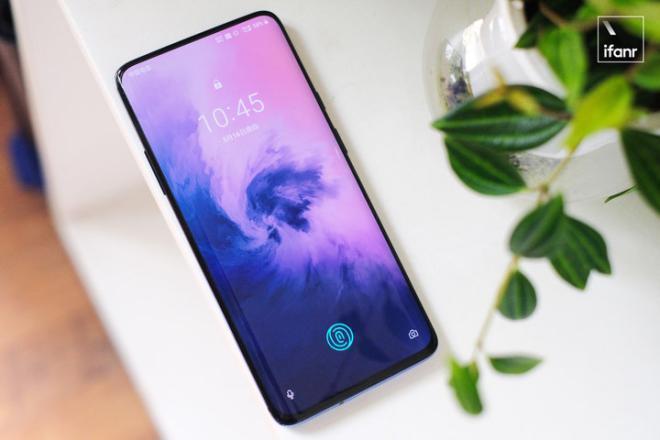
During the initial test of this screen, OnePlus encountered problems such as ultra-high power consumption, dropped frames, black screen, and heat. In order to solve these bugs, OnePlus and Samsung spent a lot of time on this screen. After the adjustment, I finally installed the smooth screen on the OnePlus 7 Pro.
“High-frame screens are really hard to use.” OnePlus’s high-refresh rate screen significantly increased the psychological expectations of all users of flagship mobile phone screens, and also led to the emergence of a large number of mobile phones equipped with high-refresh rate screens. And in the future, on the flagship machine, the 60Hz screen will become less and less, and the 90Hz or even 120Hz screen will become the flagship standard.
As at the OnePlus 7 Pro conference, OnePlus dared to compare its screen with Samsung ’s flagship flagship, not only because of its high refresh rate, but also its brightness, color, support for HDR10, and low blue light. .
After all, the high refresh rate is more like a cherry on a delicious cake. The rest of the cake is still important.
What is the fluency of 120Hz?
Another analogy, the relationship between screen refresh rate and fluency is equivalent to the relationship between “tires” and car speed: tiresPerformance directly affects the speed of the car. At the same time, the “engine” of the car also plays a key role in speed. For mobile phones, its “engine” is the tuning of the SoC + system.
When the 120Hz screen is displayed, it also means that the “tire” has been changed, so the “engine” to be adapted to it also needs to be changed.
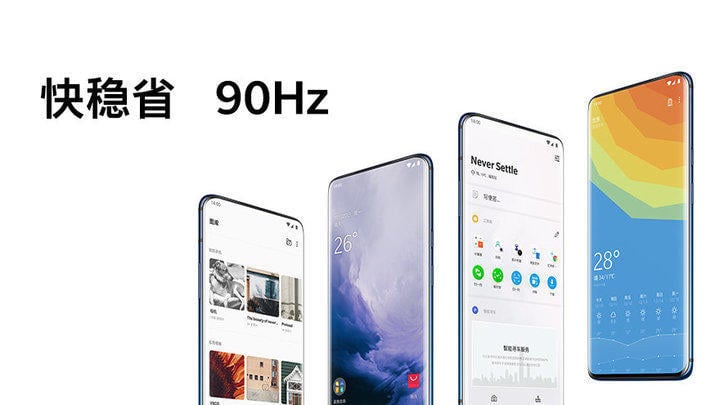
For mobile phones, every response of the screen follows the complete flow of “user input → CPU calculation → GPU drawing → screen display”. If there is any chain drop in the middle of the flow, it will freeze. Phenomenon, smooth experience disappeared.
In order to create a smoother experience, OnePlus equips this 120Hz screen with the best TPIC (touch driver IC) and the best DDIC (screen driver IC). The 240Hz screen sampling rate guarantees user operation. Follow the chiral.
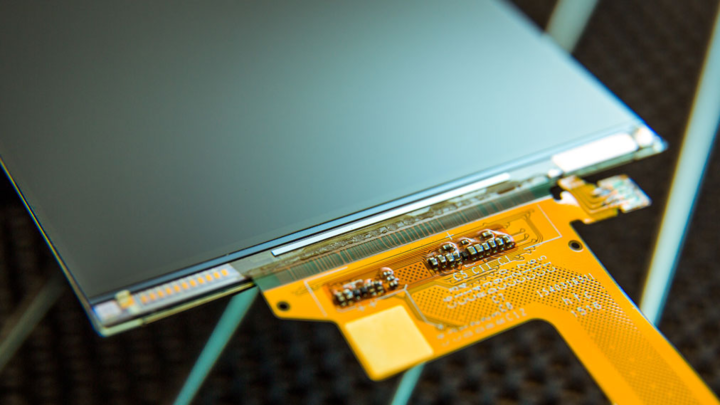
▲ DDIC driving screen display content Picture from: synaptics
For a 120Hz screen, only when the calculation time of a single frame is less than 8.3ms, the SoC will not drag the screen. OnePlus has optimized top-level hardware performance and system-level resource optimization to compress the SoC’s computing time on the screen to the greatest extent, and firmly controls the single-frame computing time within 8.3ms.
After passing the calculation speed, we can guarantee that the picture cannot be frozen, but it is far from being “smooth”. In order to make people feel smooth, you also need animation effects that are consistent with human intuition. In the era of 60Hz screens, OnePlus used the “Fast & Smooth” UI design concept. Optimized for gestures such as swipe, such as the menu slide optimization below.

The same refresh rate gives a smoother feel after optimization. This is the “follow feel” that OnePlus has been pursuing. With the blessing of 120Hz, this follow-up feel has been further improved. According to OnePlus’s own tests, the current OnePlus 120Hz screen and feel are the best refresh rates on the market.
At this point, all links entered by the user to the screen display have been opened, and theoretically the best 1 has been obtained.20Hz experience. But in fact, some applications do not support 120Hz refresh rate. When running this kind of application, the one-touch nature allows the screen refresh rate to match the highest frame rate that the software can achieve without wasting a trace of power and maximizing the efficiency of the entire screen.
Apart from some applications that cannot support high frame rates over 60, watching videos on mobile phones is also a low frame rate scenario. Normally, the video content we see on mobile phones is 30 frames. This is much lower than the refresh rate of the OnePlus 120 Hz screen. In the absence of a 120-frame film source, if you want to improve the smoothness of the video, there is only the way to complement the frame, which can often be used on high-end TVs. The MEMC (Motion Estimate and Motion Compensation) technology encountered.
MEMC’s principle is to supplement the middle frame picture by pixel-level motion vector calculation, and promote the original low frame content to high frame content, making the motion picture more coherent and smooth.
MEMC is widely used in the TV industry and is one of the essential features of high-end TVs.
OnePlus chose the MEMC technology on the TV. This technology can use motion vector calculation to supplement the intermediate frame picture. If the video is originally 30 frames, two transition frames are inserted between two adjacent static frames. The frame rate of the video after inserting the frame is the same as the screen refresh rate, so that the screen fluency can be played to 100%.

▲ MEMC effect
On mobile phones, SoCs are not very efficient in MEMC computing. Compared to a huge TV, OnePlus needs to introduce a 20 in a much smaller phone.The 25mm²-sized independent MEMC chip is specifically responsible for calculations. This chip has a higher energy efficiency ratio and can significantly improve the battery life of MEMC videos.
With MEMC, OnePlus can currently insert video frames on mobile phones up to 120 frames, which is the highest frame interpolation effect that mobile phones can currently achieve.
All the technologies mentioned above are built for the goal of “extreme smoothness.” For users, smoothness is the intuitive feeling under “dynamic” screen. Under “static”, everyone is more interested in color, resolution and brightness.
This is also the mainstream trend of mobile phone screen development. With the development of mobile phone screens, almost all mobile phone screens are moving towards the goal of high color gamut and high resolution. OnePlus believes that a top-level screen must not only be “smooth”, but also have excellent performance in color and display.
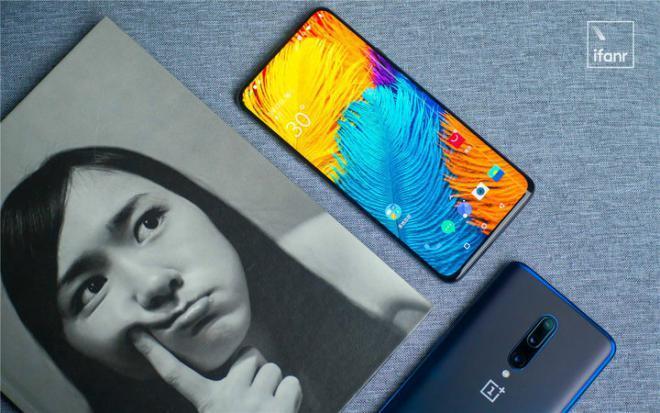
Since you have better performance in color, the most direct way is to increase the number of colors that the screen can display. Compared with the 8-bit display effect commonly used in mobile phones, OnePlus has improved this 120Hz screen to 10-bit level. As the color gradation has been increased from 256 levels to 1024 levels, the 10-bit color display effect can display a total of 1.07 billion colors. 64 times the number of Samsung Note 10+, iPhone 11 Pro Max, OnePlus 7 Pro screens. Even when placed on a computer screen, it is a professional-grade color display.
With a 10-bit color screen, the gray color bars that would have appeared in the past when watching a movie will never appear in front of you, and the gray transition of the screen will be more delicate. These are the obvious differences you can feel.
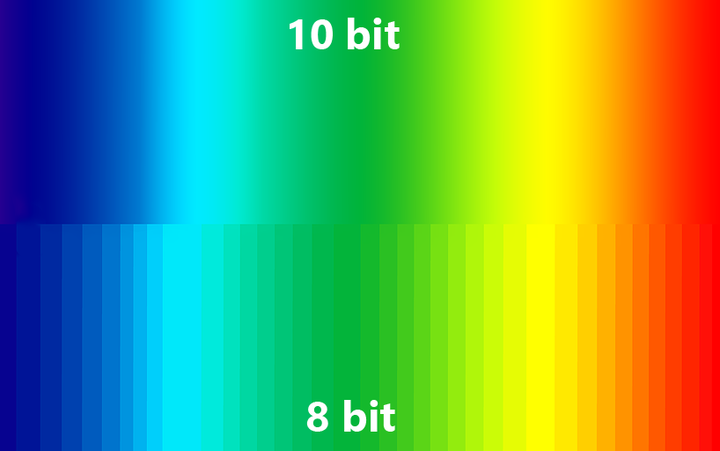 < / p>
< / p>
After the number of colors is satisfied, whether the color is accurate should be on the agenda. Even if you are using a 10-bit screen, if the color is not accurate, then this screen is still not professional.
OnePlus took this 120Hz screen one step further and controlled JNCD to within 0.8. The color accuracy performance has surpassed the iPhone 11 Pro Max. At the same time, it also announced that it will make factory color calibration for each mobile phone. This is still the first among Android manufacturers. Before that, only Apple would make factory color correction for each mobile phone.
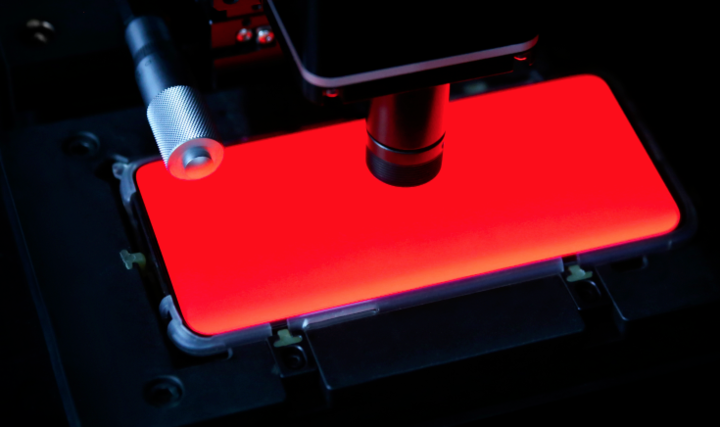
Accurate color with 2K + resolution, OnePlus has basically reached the screen color experience.In the end, if you want to continue to improve the look and feel of the screen, you must work on the screen experience in different environments.
For example, the original color display is added like Apple, and the color temperature of the screen is changed according to the color temperature of the ambient light, so that the human eye has a relatively consistent visual experience.
OnePlus does it. OnePlus equips the 120Hz screen with the latest ambient light sensor, which can automatically adjust the screen color temperature according to the ambient light color temperature. It has the effect of being close to printed paper in different environments.
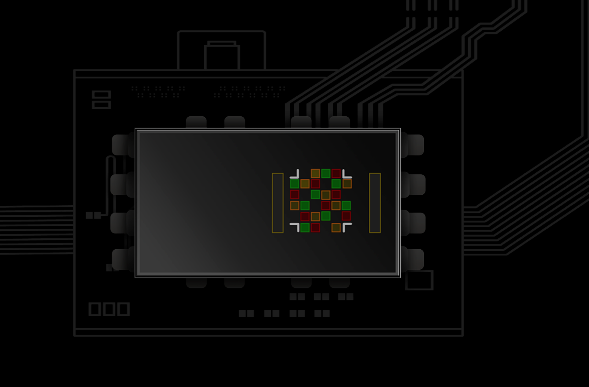
Considering that in addition to the effect of the ambient color temperature on the screen effect, the screen brightness also has a small effect on the display effect. OnePlus changed the better brightness sensor, and adjusted the dimming level from 1024 to 4096, a 4 times increase.
Screen is the leverage that OnePlus influences the industry
In the end, OnePlus showed us such a screen: 120Hz high refresh rate, top OLED, fastest screen response speed, 120 frame MEMC technology, 2K + resolution, the highest color standard in the mobile phone industry: JNCD < 0.8, and it is factory-calibrated for all mobile phones, 1024 color levels, 1.07 billion colors, and 4096 levels of dimming.

For the Parametric Party and the Experience Party, this list of numbers is basically listed, and basically there is no more possibility of being picky.
Furthermore, OnePlus created a template on the quality of mobile phones at this technical communication meeting: smooth, accurate and comfortable.

These three levels also almost cover the technical characteristics of a good mobile phone screen. If last year’s OnePlus revealed that the industry attaches importance to screen quality, then this year, OnePlus is actually trying to create a reference standard for the mobile phone industry.
ForeseeableThe thing is, throughout 2020, the flagship screen characteristics of the entire industry may be developed based on this, there may be one or two prominent places, but basically it will not escape from this framework.
In addition, the leverage of high-refresh screens is not limited to the follow-up of mobile phone products, but also the impact on the software ecosystem.
In the field of console and computer games, high refresh rate monitors and games that support high refresh rate screens complement each other to provide players with an excellent gaming experience.
This principle is also applicable to the mobile phone field. For OnePlus, the impact of this screen is not limited to this. After the soil of hardware, the high-frame ecology has begun to sprout.
In the rise of 90Hz screen phones in 2019, some games that support high refresh rate screens have appeared in the field of mobile games. Among them are similar to the 90Hz high frame mobile game version released by OnePlus and QQ Speed.
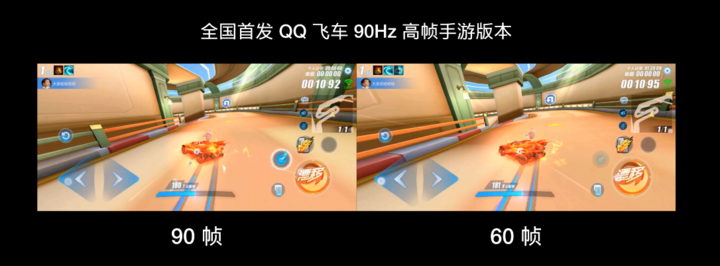
When there are more high-refresh screen phones, there will be more and more exclusive content and games. OnePlus, as the first manufacturer of high refresh rate screens, is bound to be the biggest beneficiary among them.
The year 2019 that has just passed is a year of transformation for OnePlus. This shipment is not a giant, and its product line is extremely streamlined. The mobile phone manufacturer that pursues product thinking can be said to promote the progress of the industry. Gain a voice in the industry. Come down toIn the end, whether it is the industry’s right to speak or to survive the competition, in the end it is the victory of the product and the victory of experience.
In the brutal competition of the mobile phone market, there will be no accidents. Non-stop is only a basic requirement. Only by moving forward can you survive. OnePlus ’120Hz screen indicates that they will continue to accelerate on high-frame tracks. go ahead. Looking back over the past ten years, countless mobile phone brands have disappeared, but OnePlus is still there. For the future, OnePlus, which is leading the trend of high-frame screens, is worth looking forward to.